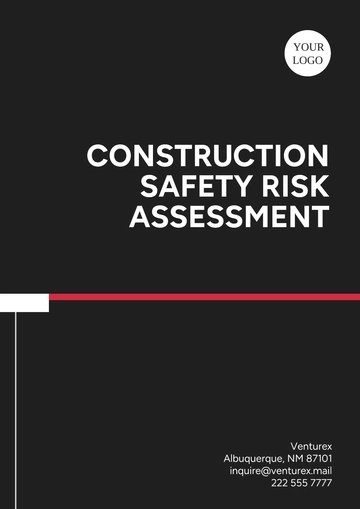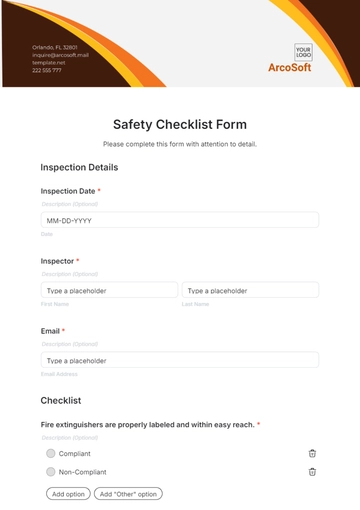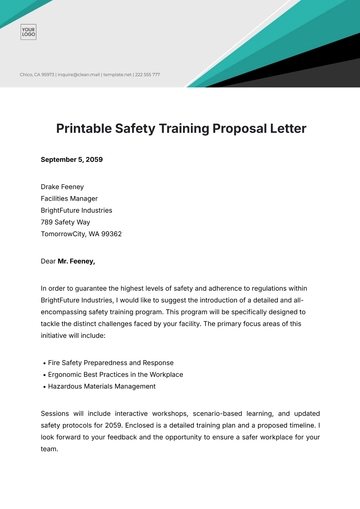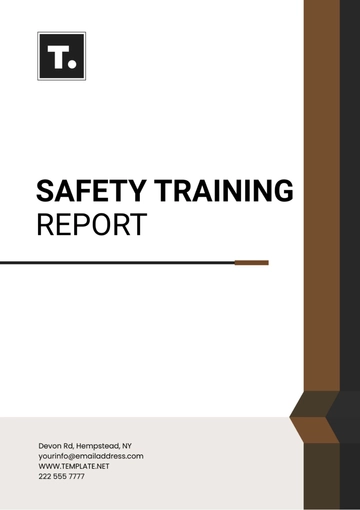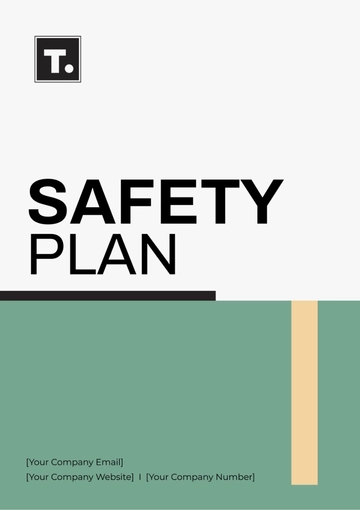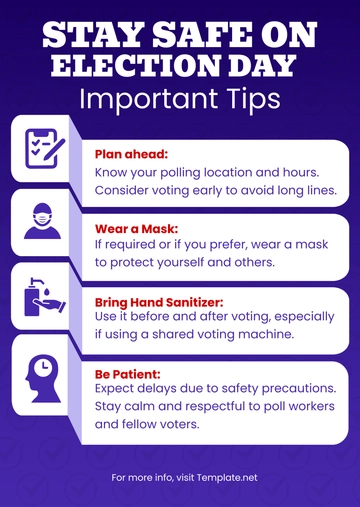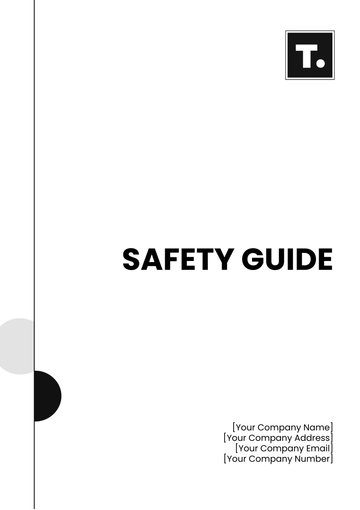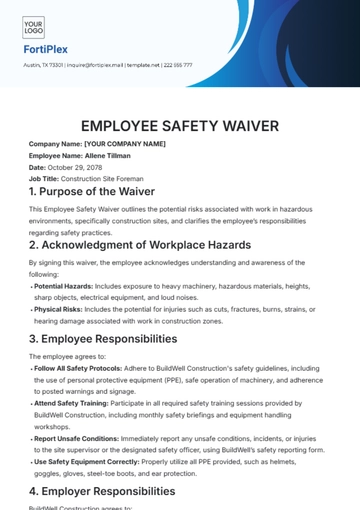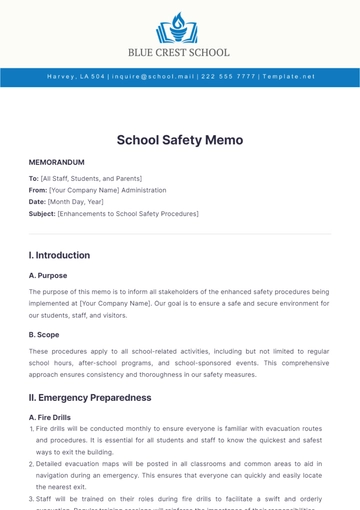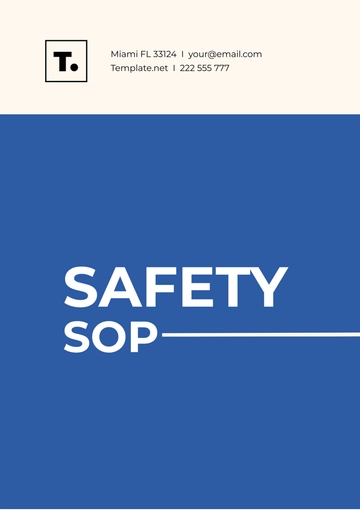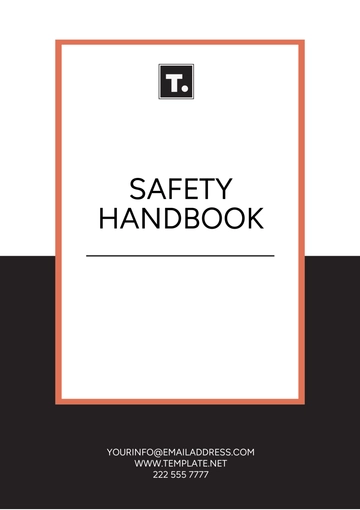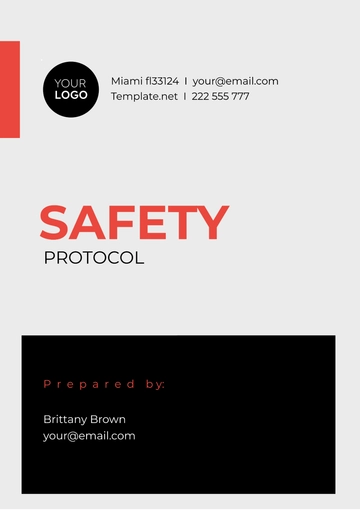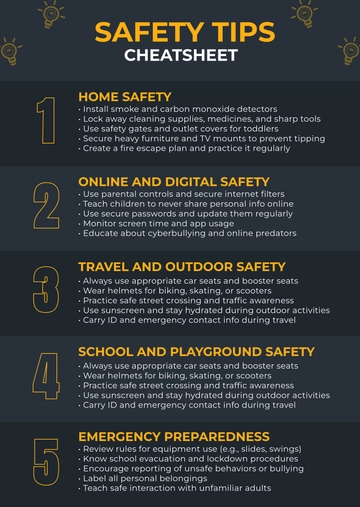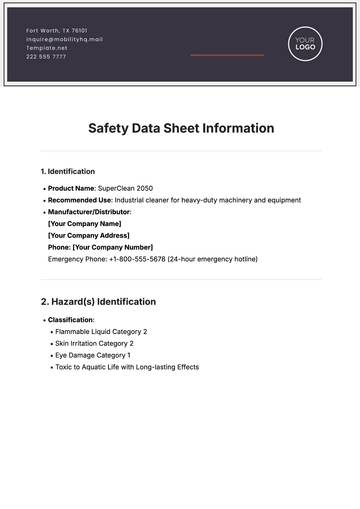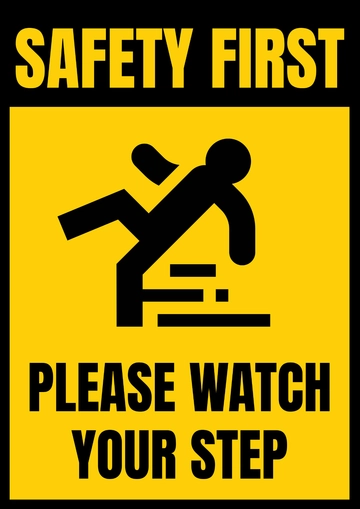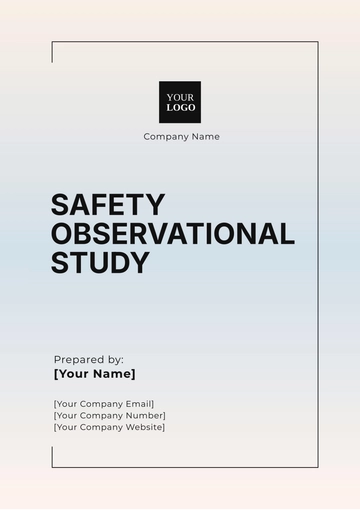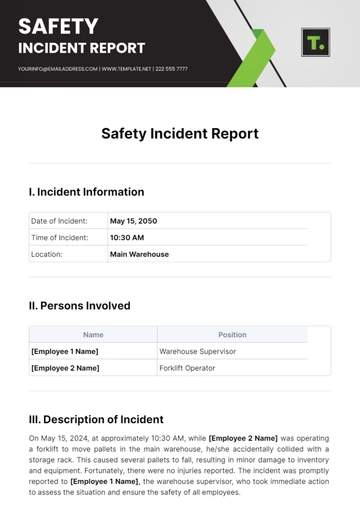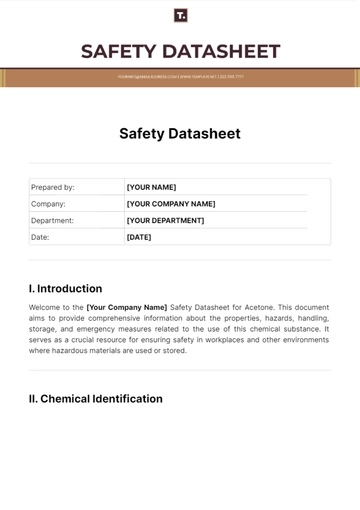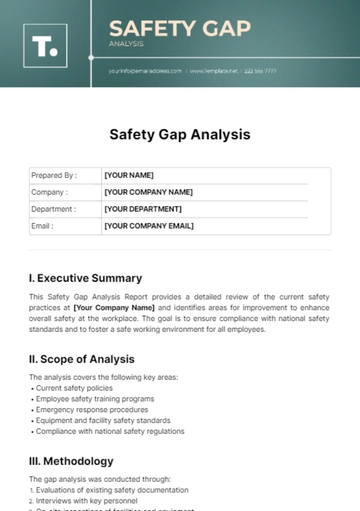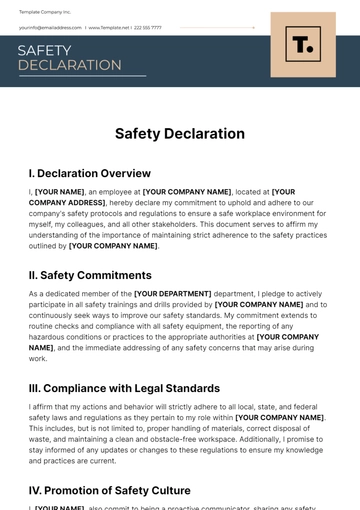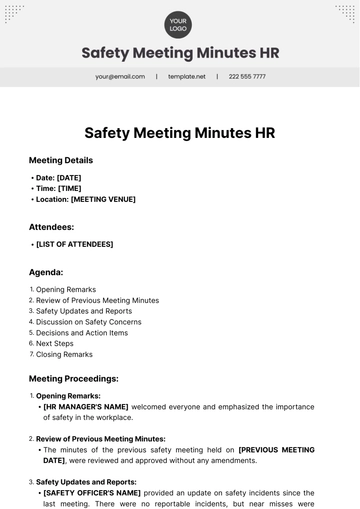Universal Protocol
Name: | [Your Name] |
|---|
Company: | [Your Company Name] |
|---|
Department: | [Your Department] |
|---|
Date: | June 14, 2050 |
|---|
1. Objectives
The primary objectives of the Universal Protocol for Patient Safety in Healthcare Settings are to establish standardized procedures for ensuring patient identification, verifying correct procedures, and minimizing the risk of adverse events during healthcare interventions.
2. Protocol Overview
The Universal Protocol is designed to be a comprehensive guideline applicable across all healthcare settings. It encompasses protocols for patient identification, procedure verification, site marking, and timeout procedures to ensure patient safety and minimize the occurrence of medical errors.
3. Procedure
3.1 Patient Identification Protocol:
Verify patient identity using at least two unique identifiers (e.g., name, date of birth, medical record number) before providing any care, treatment, or medication.
Cross-reference patient information with the medical record and identification band.
3.2 Procedure Verification:
Confirm the correct patient, procedure, and site through a standardized process involving communication among healthcare team members.
Utilize pre-procedure checklists to ensure all necessary steps are completed before initiating the procedure.
3.3 Site Marking:
3.4 Timeout Procedure:
Conduct a timeout immediately before the start of the procedure, involving all members of the healthcare team.
During the timeout, verify patient identity, procedure, site, relevant medical images, and any special considerations.
4. Data Collection
Data collection will involve recording adherence to the Universal Protocol, including instances of successful patient identification, procedure verification, site marking, and completion of timeout procedures. This data will be used for quality improvement initiatives and monitoring compliance with patient safety protocols.
5. Safety Considerations
Ensure clear communication among healthcare team members at all stages of patient care.
Encourage a culture of safety where team members feel empowered to speak up if they identify any concerns or discrepancies.
Provide ongoing education and training on the Universal Protocol to all healthcare staff to maintain awareness and adherence to patient safety standards.
6. Conclusion
The Universal Protocol for Patient Safety in Healthcare Settings serves as a fundamental tool in promoting patient safety and reducing the incidence of medical errors. By implementing standardized procedures for patient identification, procedure verification, site marking, and timeout protocols, healthcare facilities can enhance the quality of care provided to patients and minimize the risk of adverse events.
Protocol Templates @ Template.net

